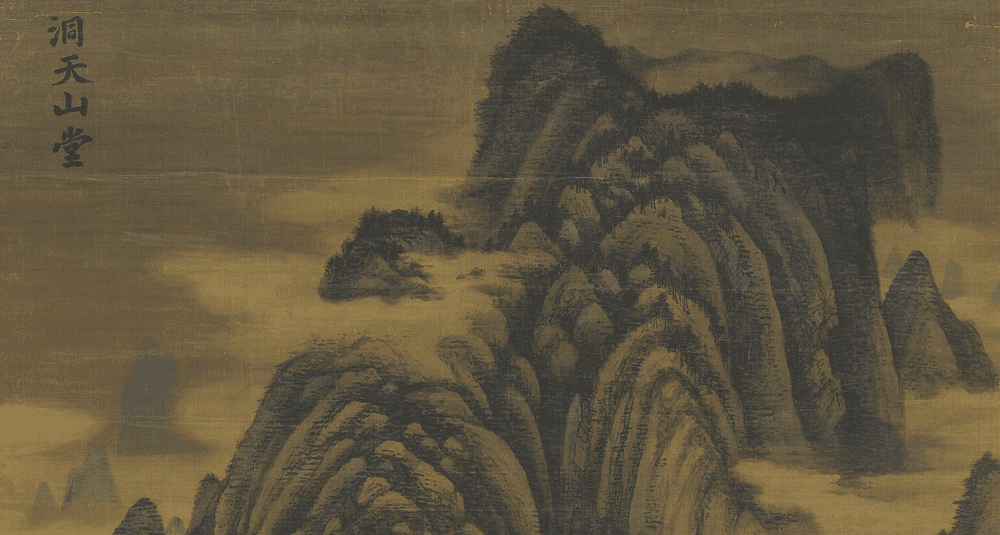To which Chinese painter is attributed The Building of the Immortals’ Paradise in the Mountain?
Last Updated:
Dong Yuan, also known as Tung Yuan, was a Chinese artist of the Tang Dynasty (618-907) famous for his landscape paintings, especially his depictions of water and nature. He developed a unique style of landscape painting that influenced many later Chinese artists.
Dong Yuan was known for his ability to create harmonious and balanced compositions. He used perspective techniques to give the impression of depth and distance in his paintings, creating scenes that are both realistic and timeless. The most common subjects of his paintings are rivers, bridges, pavilions and mountains.
Using soft colors and a smooth brush technique, Dong Yuan created nature scenes that appear calm and soothing. His paintings were highly regarded for their simplicity and tranquility. Although few of his works have survived to this day, Dong Yuan remains an important figure in Chinese art. His paintings have influenced many later artists and have been admired for their beauty and serenity.
Dong Yuan is also famous for his landscape paintings, especially those done in monochrome ink. Continuing the landscape tradition that developed in the mid- and late Tang, he and three other famous artists, all active in the tenth century, are known as “Jing (Jing Hao), Guan (Guan Tong), Dong (Dong Yuan), Ju (Juran).” While Jing Hao and his student Guan Tong represented the northern school of landscape painting, Dong Yuan and his student Juran were the pioneers of the southern school.
Of the four, Dong Yuan’s influence was historically the most important. Dong Yuan’s original “hemp fiber” textures were technically suited to depicting the gentle rolling mountains of the south. He excelled in depicting a subject through the accumulation of dots and lines that appeared to have been painted randomly, but were in fact very subtly arranged.
Shen Kuo (1031-1095), a famous scholar and scientist, said, “He uses the brush in such a crude way that a painting makes no sense if you look at it closely, but when you look at it from a distance, it is vivid and attractive, as if you were seeing a fairy tale world.” Dong Yuan’s elegant style and innovative technique strongly influenced later Chinese painters, including the four Yuan masters, the artists of the Wu school, the four Wangs, etc. In summary, Dong Yuan was a talented Chinese artist who influenced many later artists with his unique style of landscape painting.
arts

To which Chinese painter is attributed The Building of the Immortals' Paradise in the Mountain?
Answer
The building of the Immortals' Paradise in the mountain is attributed to Dong Yuan, a Chinese painter active under the Southern Tang Dynasty (937-975). He is considered the father of the Southern School of Chinese painting.